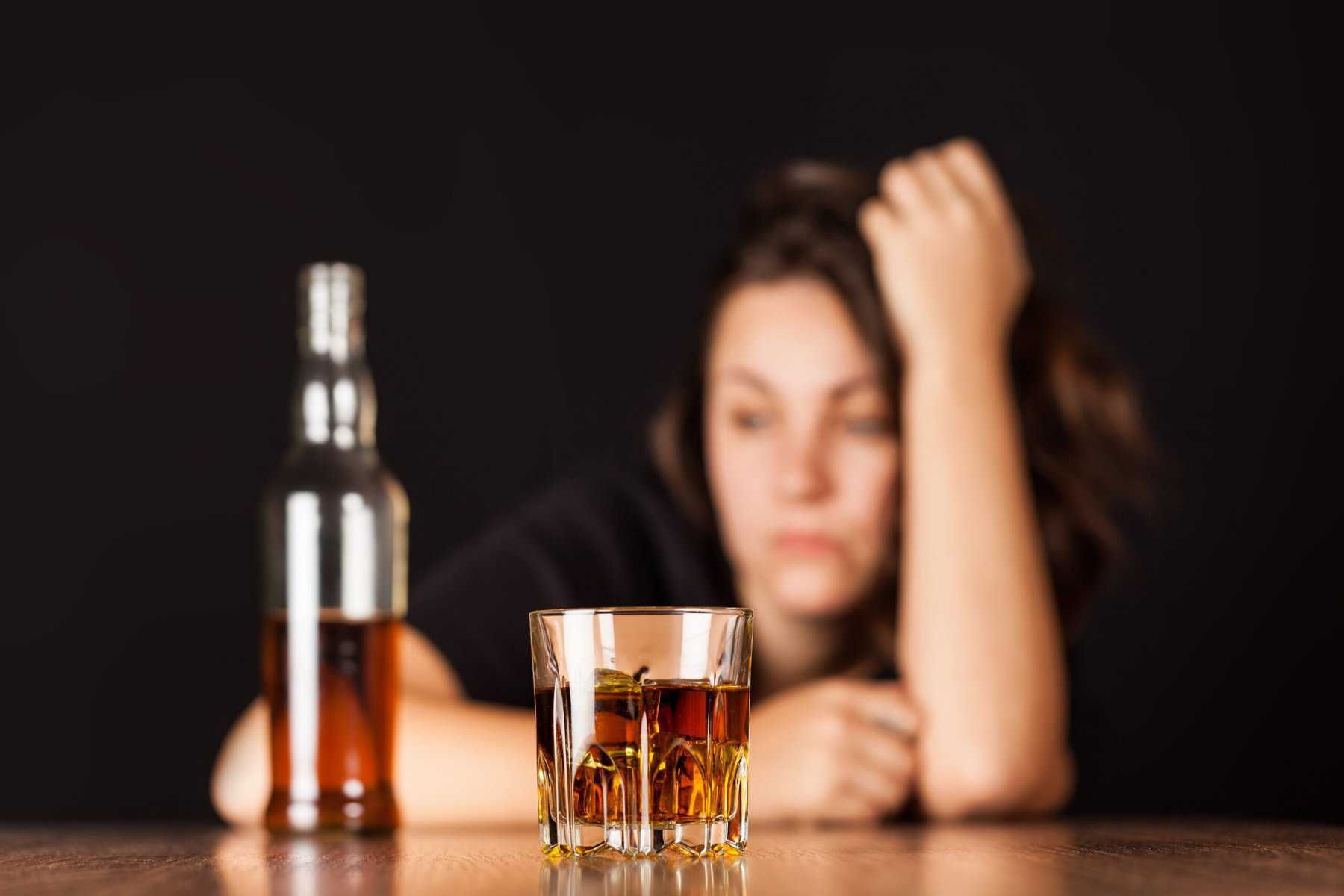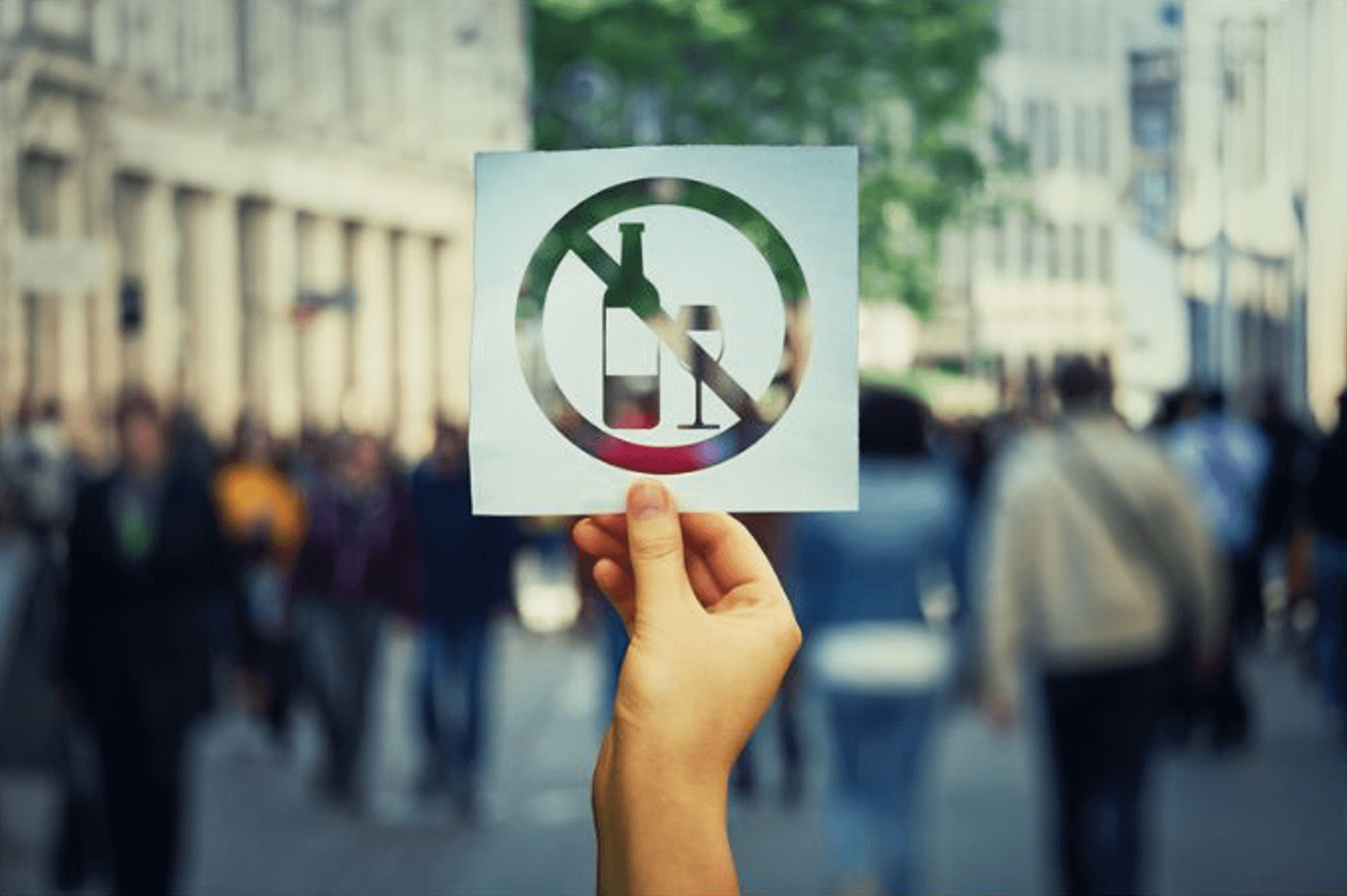
A recent study published in Pediatrics revealed that opioids are now the most common substances contributing to fatal poisonings in children 5 years old and younger. Children in this age group make up over half of reported poisonings and have the highest emergency room visits for unintentional drug-related poisonings.
The study utilized data from the National Fatality Review-Case Reporting System since the creation of the system in 2005 through the end of 2018. The study analyzed data from fatalities where the cause of death was attributed to “poisoning, overdose, or acute intoxication”. In total, there were 731 fatalities examined.
Opioids were linked to 47.3% of the 731 deaths. Equally concerning is the finding that opioid-linked poisoning deaths are on the rise and have more than doubled in this group of children from 24.1% in 2005 to 52.2% in 2018. As the opioid crisis has worsened, so has the occurrence of accidental poisonings.
You may be curious know what the second leading cause of fatal poisonings identified in this study is. The answer is: over-the-counter pain, cold, and allergy medications. These medications come in a distant second representing 14.8% of fatal poisonings. This smaller contribution to poisoning fatalities is likely due to the 1970 enactment of the Poison Prevention Packaging Act, which requires child-resistant packaging for prescription and over-the-counter medications, hazardous materials, and other household products.
Things to Know About Infant and Young Children Accidental Poisonings
We all know how curious and explorative young children are; how they like to touch things and put things in their mouths. This makes them more vulnerable to accidental poisonings of all kinds. They are also smaller and therefore more susceptible to toxic substances.
While child-resistant packaging has reduced the number of poisonings from certain substances, illicit drugs and all carelessly stored medications and other toxic substances remain a risk.
Almost 80% of the opioid-linked fatalities studied occurred in either the child’s own home (65.1%) or the home of a friend or relative (14.2%).
What can you do to protect your child from an accidental opioid overdose?
If you or a child’s caregiver uses any form of opioids, including medications used to treat opioid use disorder such as methadone and buprenorphine, have naloxone (brand name Narcan) available in your home and/or the home of all caregivers.
Naloxone is an opioid antagonist and binds to opioid receptors in the brain. It quickly reverses an overdose and can restore breathing within a few minutes. It is temporary and doesn’t last long, so it is important to also call 911 for additional medical resources.
Is naloxone safe for infants in children? Yes, according to a Consumer Update published by the U. S. Food and Drug Administration (FDA). Naloxone can be administered to people of all ages. It can be used for suspected overdose in infants, children, and the elderly. Dr. Marta Sokolawska, deputy center director for substance use and behavioral health at the FDA, offers this advice, “Don’t hesitate to administer naloxone in an emergency even if you’re not sure if the person is experiencing an opioid overdose. Giving someone naloxone who does not have opioids in their system shouldn’t hurt them, but it could help them and save their life.”
It is equally important to know how use naloxone. The American Medical Association offers this video which demonstrates the administration of several forms of naloxone.
Where to find naloxone?
Today, pharmacies can sell naloxone without a prescription in all 50 states, but not all pharmacies carry it. Insurance coverage and cost varies. However, it is about to become much more available. In March, the FDA approved the Narcan (4mg) nasal spray for over-the-counter sale. This means that it can be sold in grocery stores, convenience stores and even online. Its manufacturer, Emergent BioSolutions, says it will be available for over-the-counter sale in late summer 2023.
In the meantime, there are other ways to access naloxone. If you have health insurance, consult your plan for coverage. Search for free programs within your city, county, and state or contact your local health department. Some pharmacy chains have teamed up with state programs, so ask your local pharmacist for information about these programs.
Accidental childhood poisoning deaths from opioids is a serious but preventable health issue. Not only is it critical to safely store all medications but it is also important to have life-saving resources on hand. The official website for America’s Poison Centers can be found here. Their emergency phone number is 800-222-1222. Always call 911 immediately if you suspect opioid poisoning.
Discover more from reviewer4you.com
Subscribe to get the latest posts to your email.





